Water Flow Meters
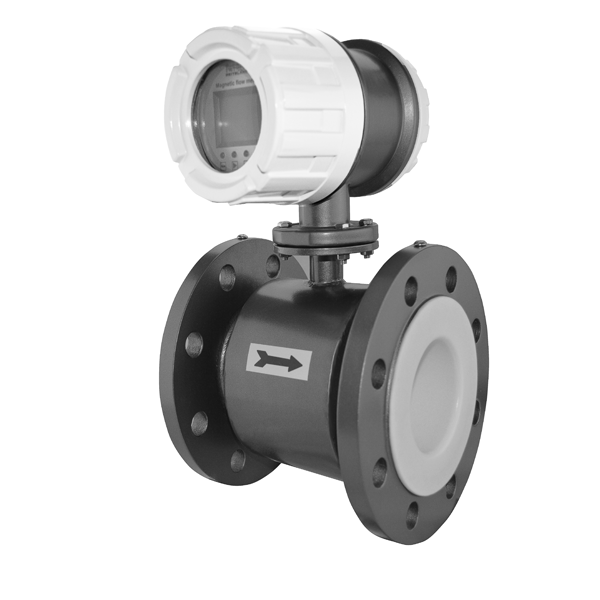
Magnetic Flow Meter for Water and Wastewater (MTF-W)
Accuracy
Standard: ±0.5 %, Optional: ±0.2 %
Measuring Range
1 m³/h to 125000 m³/h
Medium Temperature Range
PU:0 to 140°F (-18 to 60°C)
Neoprene:-13°F to 176°F (-25°C to +80°C)
PTFE:-13 to 300°F (-25 to 150°C)
Max. Process Pressure
100 bar (1450.38 psi)
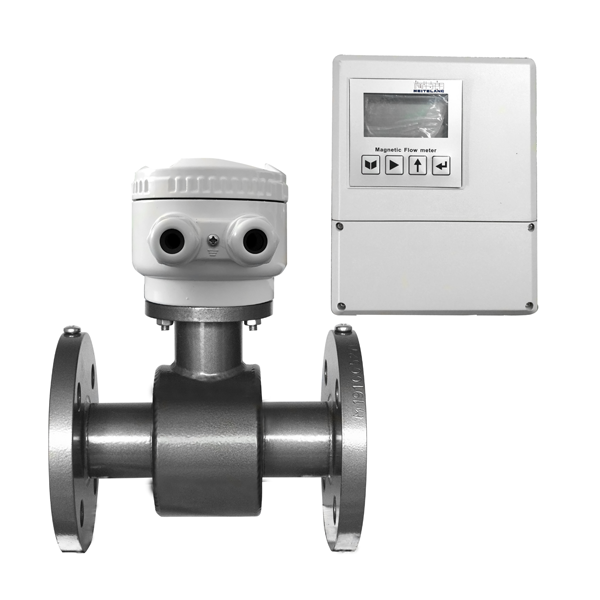
Remote Electromagnetic Flow Meter (MTF-F-200)
Accuracy
Standard: ±0.5 %, Optional: ±0.2 %
Measuring Range
0.3 m³/h to 125000 m³/h
Medium Temperature Range
PU:0 to 140°F (-18 to 60°C)
Neoprene:-13°F to 176°F (-25°C to +80°C)
IR:-13°F to 176°F (-25°C to +80°C)
FEP:-13 to 300°F (-25 to 150°C)
PTFE:-13 to 300°F (-25 to 150°C)
ETFE:-40 to 356°F (-40 to 180°C)
PFA:-40 to 356°F (-40 to 180°C)
Max. Process Pressure
100 bar (1450.38 psi)
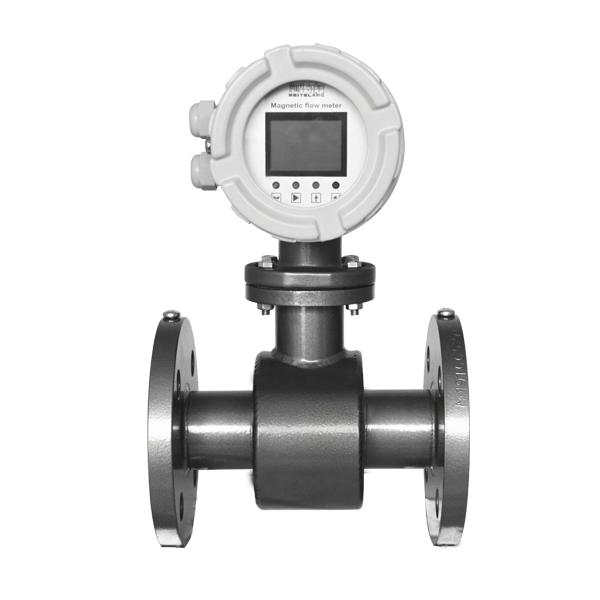
Flanged Electromagnetic Flow Meter (MTF-F-100)
Accuracy
Standard: ±0.5 %, Optional: ±0.2 %
Measuring Range
0.3 m³/h to 125000 m³/h
Medium Temperature Range
PU:0 to 140°F (-18 to 60°C)
Neoprene:-13°F to 176°F (-25°C to +80°C)
IR:-13°F to 176°F (-25°C to +80°C)
FEP:-13 to 300°F (-25 to 150°C)
PTFE:-13 to 300°F (-25 to 150°C)
ETFE:-40 to 356°F (-40 to 180°C)
PFA:-40 to 356°F (-40 to 180°C)
Max. Process Pressure
100 bar (1450.38 psi)
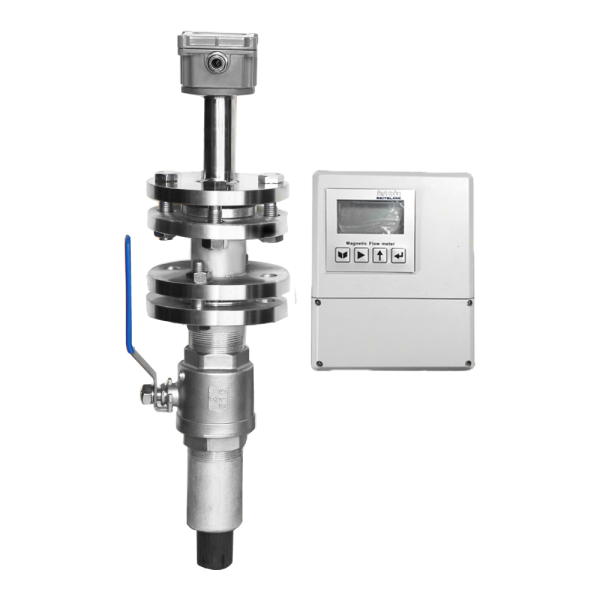
Insertion Magnetic Flow Meters (MTF-I)
Accuracy
Standard: ±1.5 %
Measuring Range
16 m³/h to 125000 m³/h
Medium Temperature Range
< 80°C (176°F)
Max. Process Pressure
25 bar (362.6 psi)
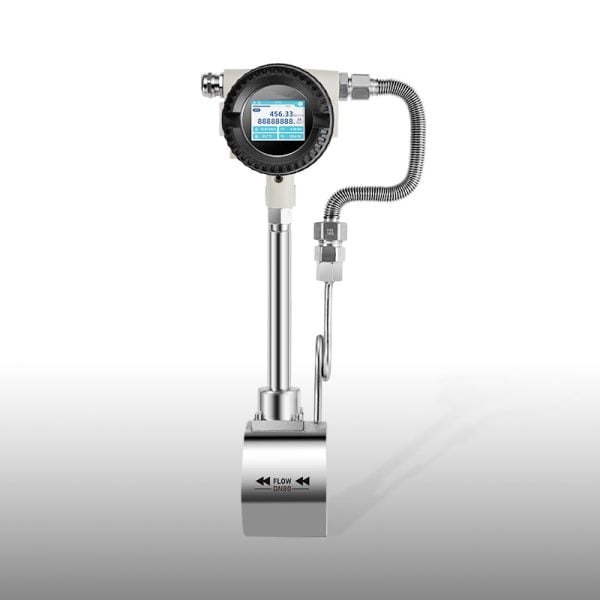
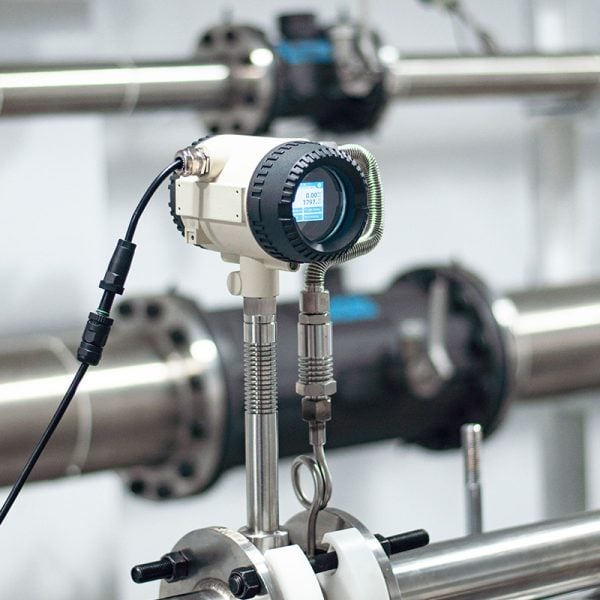
Steam Vortex Flow Meter Anti-vibration (LUGBMT-VS)
Accuracy
Liquid/Gas/Steam: ±1 %
Measuring Range
Steam/Gas: 3.5 to 20347.2 m³/h
Medium Temperature Range
Standard: –40 to +160 °C
High/low temperature (option): –180 to +350 °C
Max. Process Pressure
63 bar (913.74 psi)
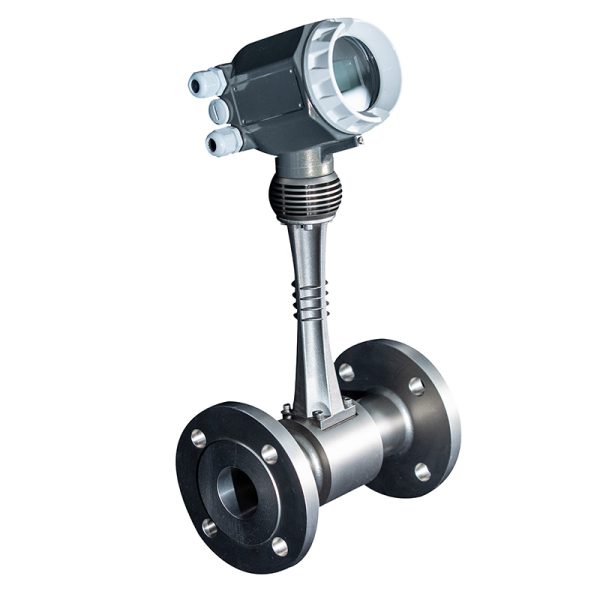
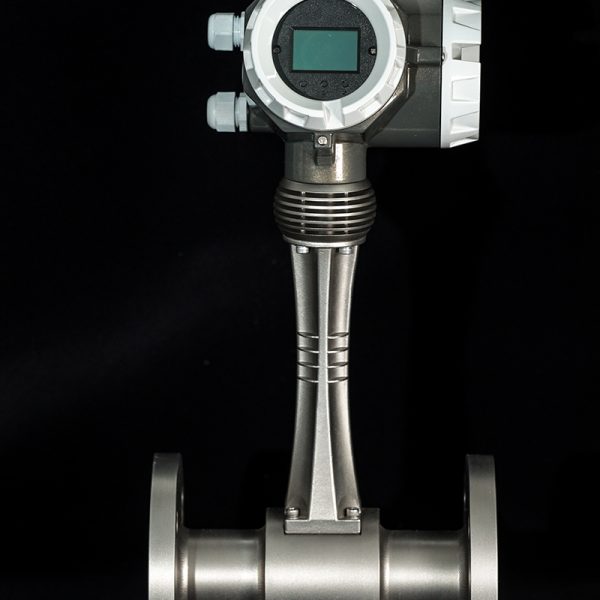
Vortex Flow Meters (LUGBMT-100)
Accuracy
Liquid/Gas/Steam: ±1 %
Measuring Range
Liquid: 0.8 to 3500 m³/h
Steam, gas: 5 to 18000 m³/h
Medium Temperature Range
Standard: –40 to +260 °C (–40 to +480 °F)
High/low temperature (option): –200 to +400 °C (–328 to +750 °F)
Max. Process Pressure
100 bar (1450.38 psi)
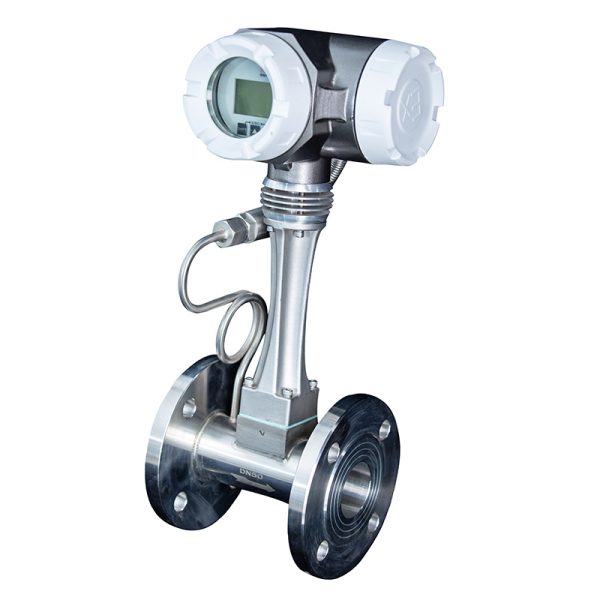
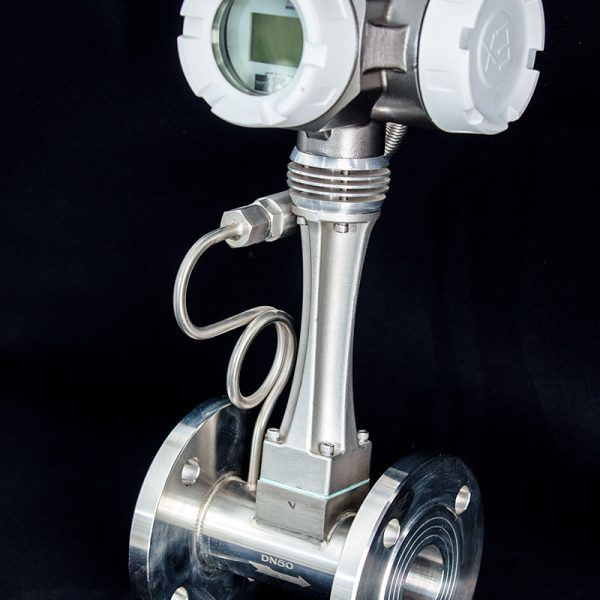
Vortex Flow Meters with Temperature and Pressure Compensation (LUGBMT-C)
Accuracy
Liquid/Gas/Steam: ±1 %
Measuring Range
Liquid: 0.8 to 3500 m³/h
Steam, gas: 5 to 18000 m³/h
Medium Temperature Range
Standard: –40 to +260 °C (–40 to +480 °F)
High/low temperature (option): –200 to +350 °C (–328 to +660 °F)
Max. Process Pressure
100 bar (1450.38 psi)
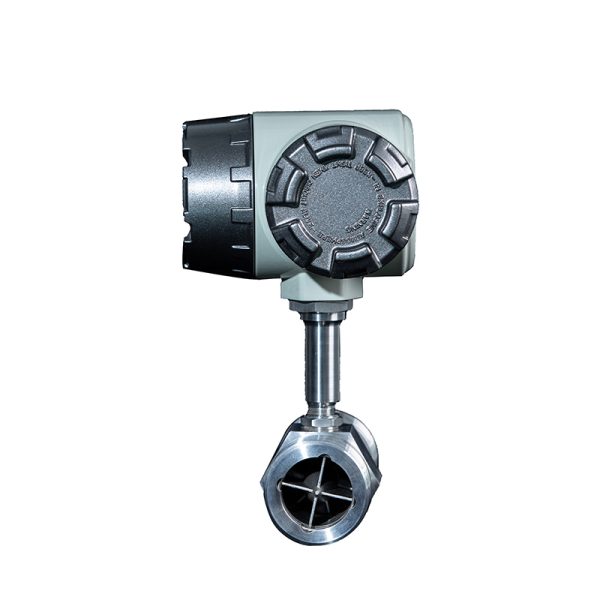
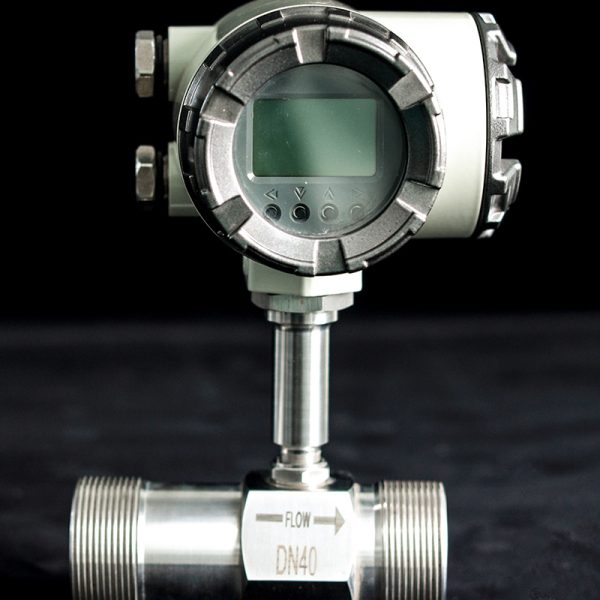
Liquid Turbine Flow Meter (LWGYMT-100)
Accuracy
Standard: ±1 %, Optional: ±0.5 %
Measuring Range
0.04 to 800 m³/h
Medium Temperature Range
standard: -20 TO 120 °C (–4 to +248 °F)
Max. Process Pressure
250 bar (3625.95 psi)
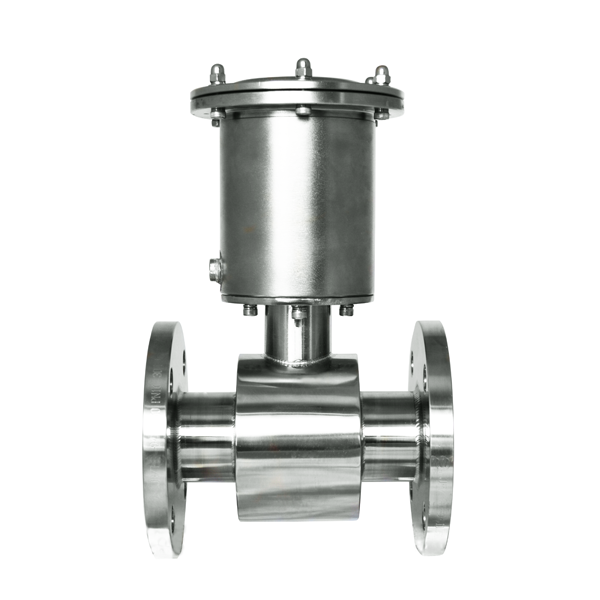
Battery Powered Magnetic Flowmeter (MTF-B)
Accuracy
Standard: ±0.5 %
Measuring Range
0.15 m³/h to 9000 m³/h
Medium Temperature Range
PU:0 to 140°F (-18 to 60°C)
Neoprene:-13°F to 176°F (-25°C to +80°C)
PTFE:-13 to 300°F (-25 to 150°C)
Max. Process Pressure
100 bar (1450.38 psi)
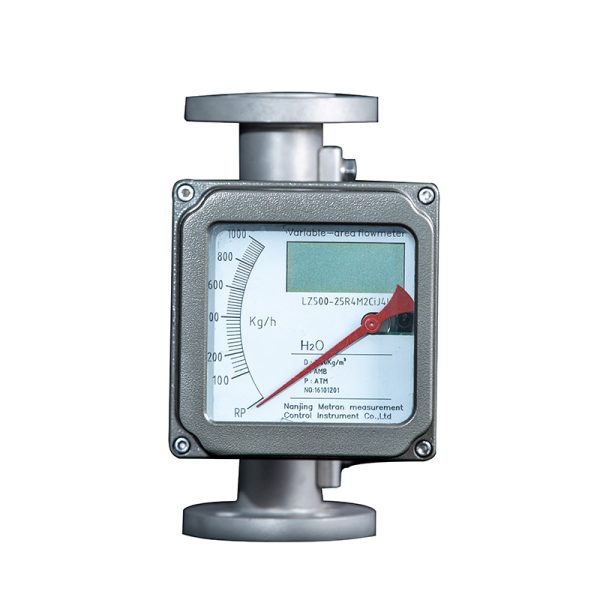
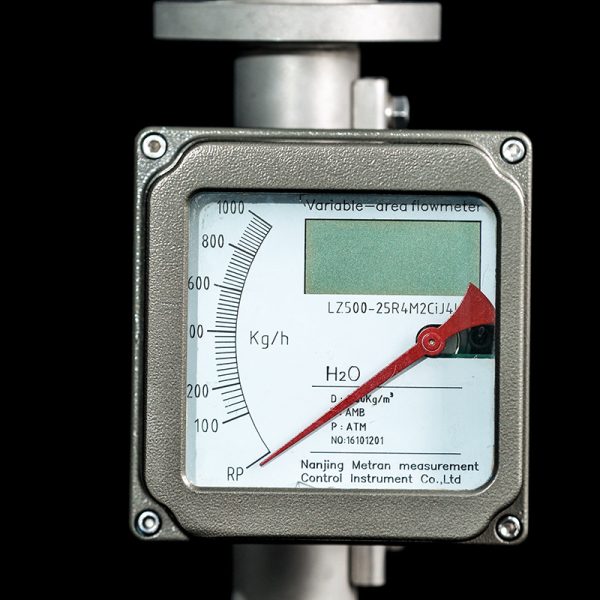
Rotameter Metal Variable Area Flow Meters (MTLZ-M)
Accuracy
Standard: ±2.5 %, Optional: ±1.5 %
Measuring Range
Liquid:1.0~150000l/h
Gas:0.05~3000m³/h
Medium Temperature Range
standard: -80 TO 350 °C (–112 to +662 °F)
Max. Process Pressure
DN15-50:200 bar (2900.76 psi)
DN80-100: 100 bar (1450.38 psi)
Factors to Consider When Choosing a Water Flow Meter
-
Water Quality
Water quality plays a significant role in determining the most suitable flow meter. For example, clean water allows for a broader range of meters, including mechanical types. However, for dirty, corrosive, or wastewater, more specialized meters like electromagnetic or ultrasonic meters are preferable, as they can handle impurities and chemical properties without clogging or degrading. -
Flow Rate and Range
The range of flow rates you need to measure also impacts your meter choice. Some meters perform well at low flow rates, while others are more suited for high-volume flows. Understanding the required flow range helps prevent errors and ensures consistent accuracy. -
Installation Environment
Some flow meters are highly sensitive to installation conditions, including pipe orientation, temperature, and pressure. It’s crucial to determine whether your system can accommodate a certain type of meter without significant modifications. For instance, ultrasonic meters can be installed non-intrusively, while mechanical meters need to be placed inside the pipe. -
Accuracy Requirements
If precision is critical—such as in billing systems, industrial processes, or water treatment—choosing a highly accurate meter is essential. Certain flow meters, like Coriolis and electromagnetic meters, offer excellent accuracy, making them ideal for applications where precision matters. -
Maintenance and Durability
Some flow meters have moving parts that are prone to wear, requiring regular maintenance. For long-term reliability, non-mechanical meters like ultrasonic or magnetic flow meters, which have no moving parts, are preferred. Assess the maintenance needs and the durability of the meter, especially if it’s being used in harsh or remote environments. -
Budget
Cost is always a consideration. While high-precision flow meters may offer better performance, they can come with a higher price tag. It’s important to weigh the cost against the benefits you’ll get from the meter in terms of accuracy, lifespan, and reliability.
Recommended Water Flow Meter Types and Reasons
| Types | Best for | Pros. | Cons. |
|---|---|---|---|
| Electromagnetic Water Flow Meters | Clean and dirty water, wastewater, and applications where accuracy is key. |
|
|
| Turbine Water Flow Meters | Clean water applications, low-budget systems, and steady flow rates |
|
|
| Vortex Water Flow Meters | Industrial applications with fluctuating flow rates and moderate impurities |
|
|
| Differential Pressure (DP) Water Flow Meters | High-pressure systems, large water distribution networks, and water treatment plants. |
|
|
Choosing the Right Flow Meter for Your Application
-
For potable water systems
Consider ultrasonic or turbine flow meters. Ultrasonic is more expensive but offers non-intrusive installation, while turbine meters are more budget-friendly for clean water applications. -
For wastewater or dirty water
Electromagnetic (magmeters) or vortex meters are best. Magmeters are ideal for dirty or corrosive water, while vortex meters can handle fluids with moderate impurities. -
For precise billing
Positive displacement flow meters provide the most accuracy at low flow rates, making them perfect for residential or commercial billing applications. -
For industrial water measurement
Vortex or DP flow meters work well in industrial settings where water flow can be variable, and durability is key. -
For large-scale municipal systems
Electromagnetic or differential pressure flow meters are suited for large pipes and high flow rates typical in municipal water distribution.
